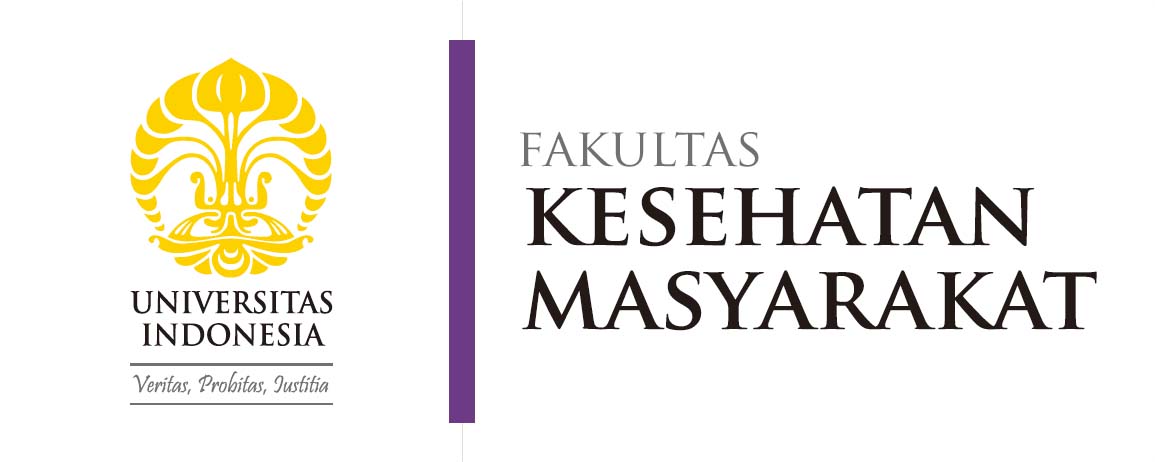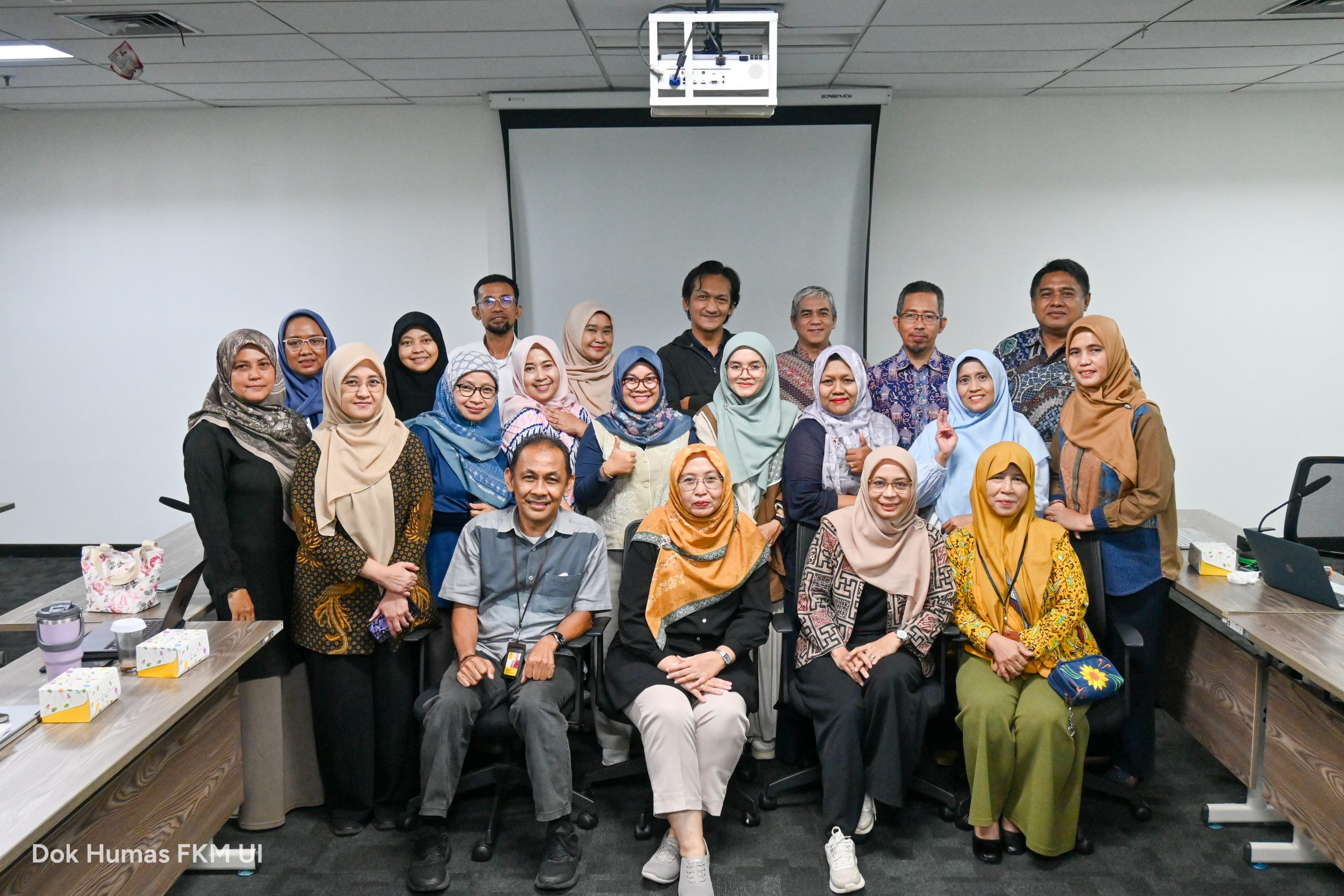On April 15–16, 2025, the Faculty of Public Health (FPH) Universitas Indonesia (UI) held a management and leadership meeting to monitor and evaluate the performance achievements for the first quarter of 2025. The meeting was attended by members of the Dean’s Office management team, Department Heads, Study Group Heads, Program Coordinators and Secretaries, as well as heads of LPPKM and academic journals.
In her opening remarks, Dean of FPH UI, Prof. Dr. Mondastri Korib Sudaryo, M.S., D.Sc., stated, “The year 2025 marks the end of the current deanship and the beginning of a new leadership era at UI. With this transition, there is also a change in the number of performance indicators. The faculty must, of course, adapt and periodically review all existing indicators—looking at achievements and emerging challenges so that we can share insights and support one another.”
As explained by the Faculty Secretary, Nelasari, M.K.M., the number of Key Performance Indicators (KPIs) for 2025 is 89. These are distributed as follows: 26 indicators for Field I, 10 for Field II, 18 for Field III, 9 for Field IV, 10 for the Office of Partnerships and Entrepreneurship (BKSK), and 16 for the Office of Quality Assurance and Internal Oversight (BPMP). In addition to the increase in the number of indicators assigned to faculties, the performance scoring has been normalized—up to 130% for quarterly achievements that far exceed targets. For annual performance, the final score is normalized with a minimum of 70% and a maximum of 120%.
Based on the presentations during the two M&E sessions, the top three Dean’s Office units with the highest performance achievements were: the Public Relations Unit, the Academic Quality Assurance Unit (UPMA), and the Human Resources Unit. Among departments and study groups, the top achievers were the Department of Occupational Health and Safety (K3), the Department of Health Policy and Administration (AKK), and the Department of Nutrition. As for academic programs, the highest KPI achievements came from the Doctoral Program in Epidemiology, the Doctoral Program in Public Health Sciences (IKM), and the Undergraduate Program in Public Health.
Overall, the faculty achieved 37% of its total quarterly performance targets. This figure represents a compilation of all unit achievements within FPH UI. Discussions also covered the challenges faced, future plans and strategies, and sharing of best practices. Highlights from the first day of Q1 monitoring included: the initial socialization of SIDU (a digital system) for lecturers, students, and education staff; challenges in realizing improvements in facilities relevant to GreenMetric assessments; the need to clarify some KPI formulas with UI; encouraging the integration of parallel classes into EMAS and replicating them; the importance of sharing information among all units to optimize performance scores; the currently limited number of scholarships managed by the faculty; the internal audit agenda for PHIRLab; preparation for international accreditation of academic programs; and plans for ISO re-certification.
On the second day, which focused on departments and academic programs, the main discussion points included: budget efficiency affecting internationalization programs such as UI Creates; unclear formulas for calculating SROI (Social Return on Investment); the need to enhance staff competencies to support program internationalization; proposals for adjunct professors; achievement of indicators related to start-ups; and grants received from PT. Samudera Indonesia for smart classrooms and meeting rooms.

